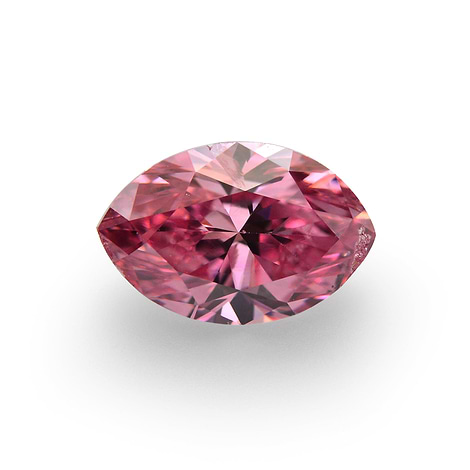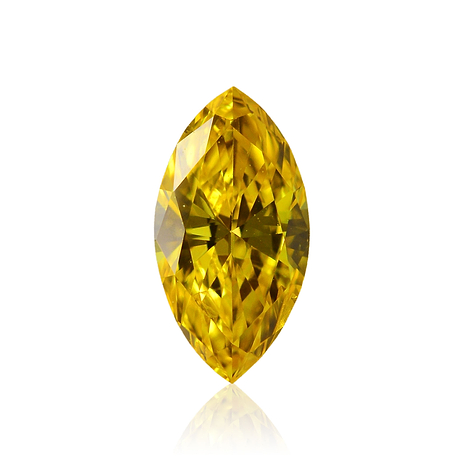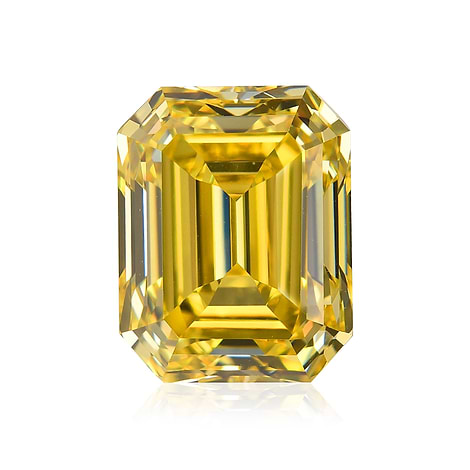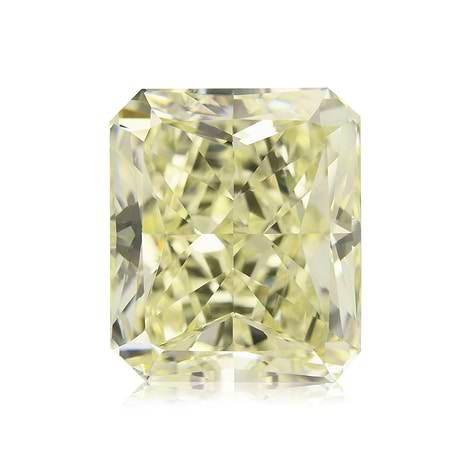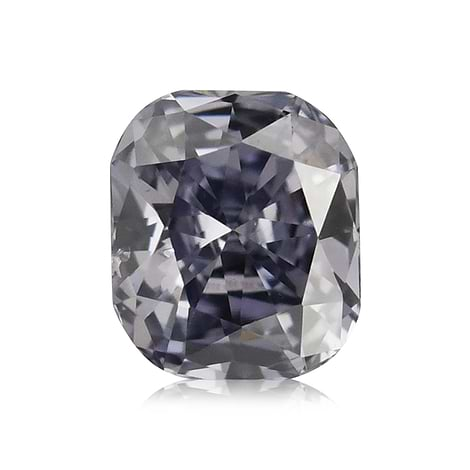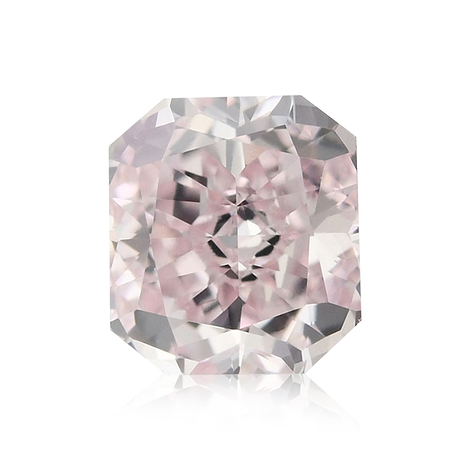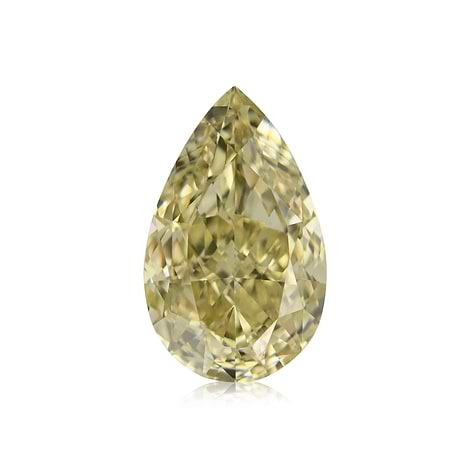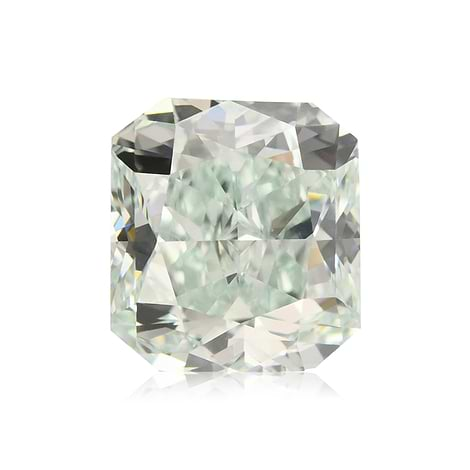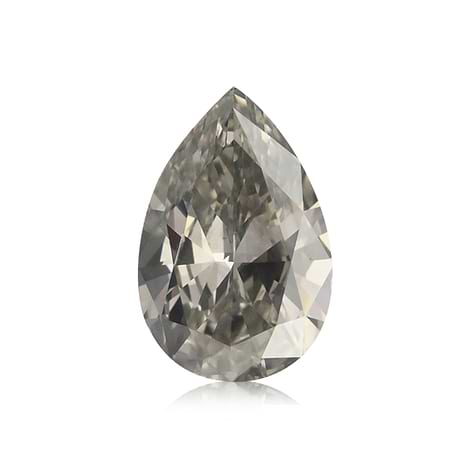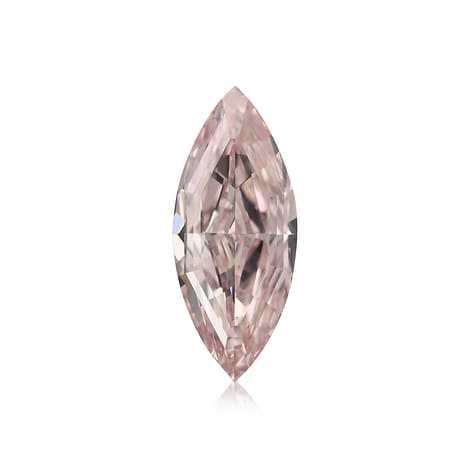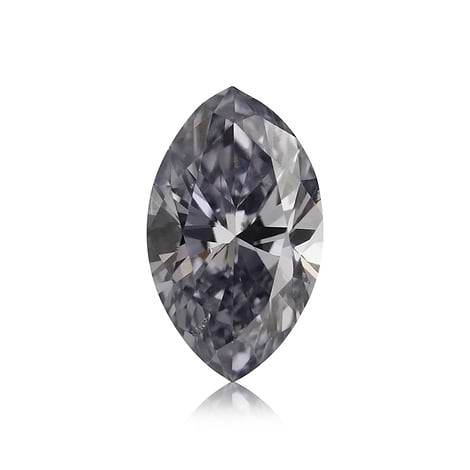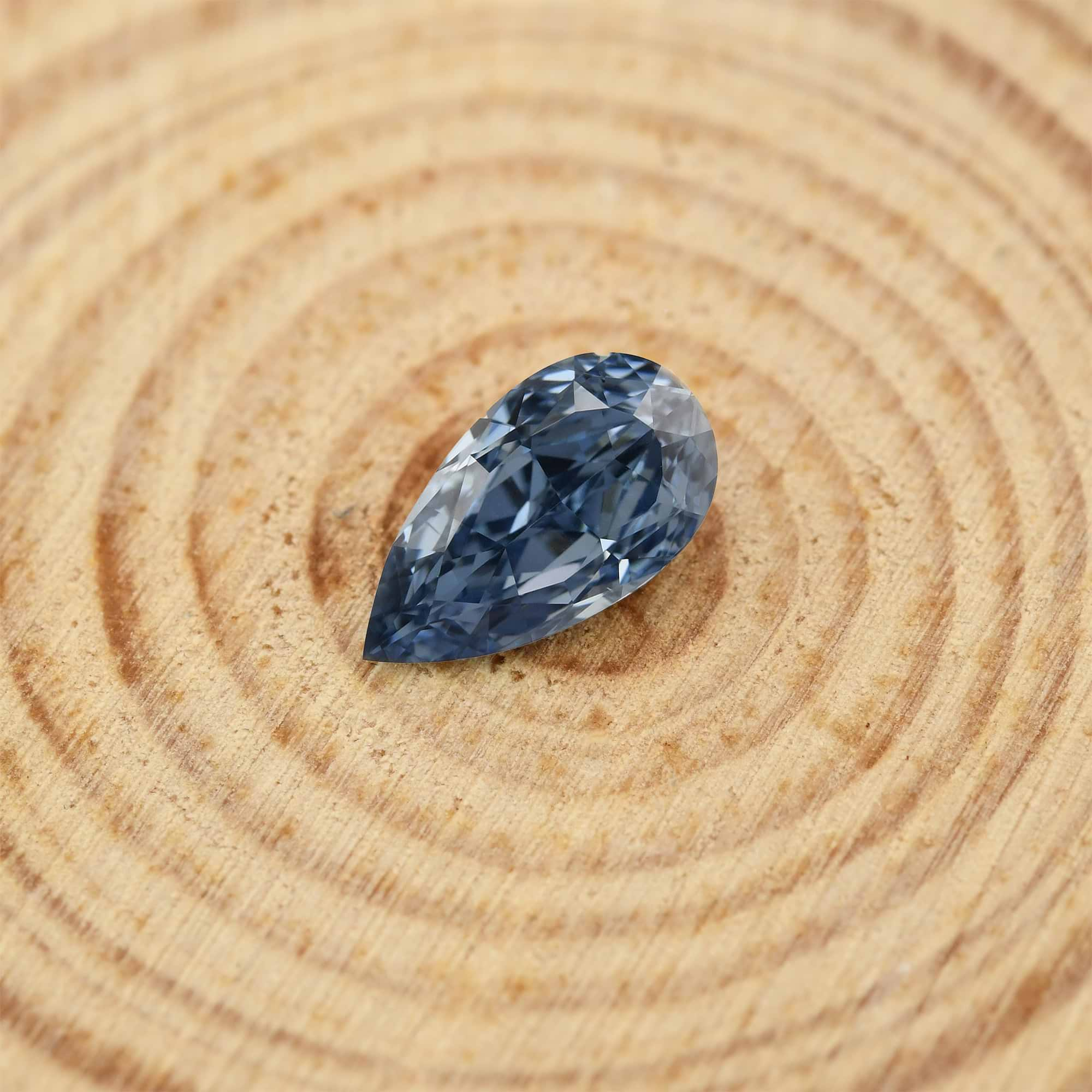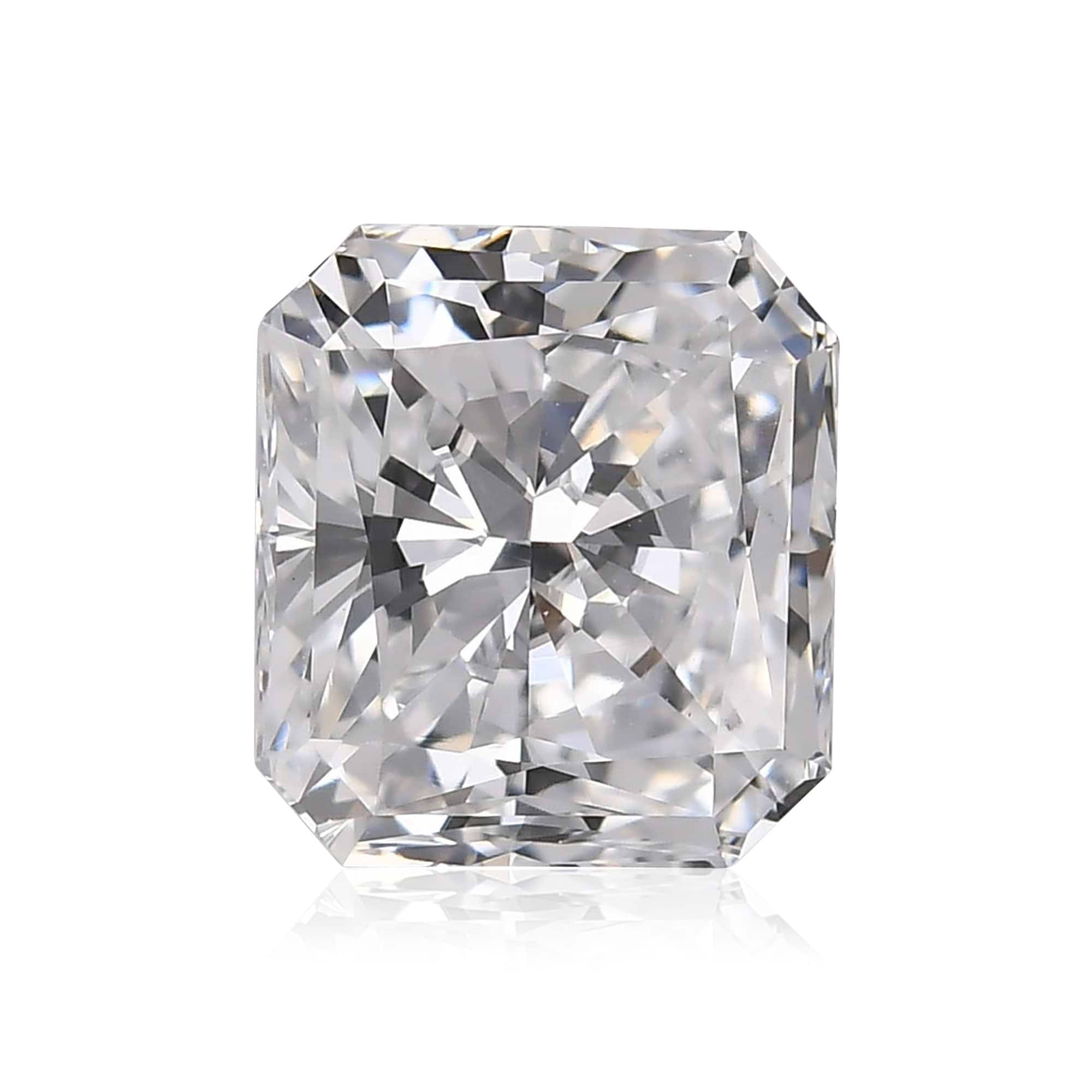If you are shopping around for a diamond, you may have heard the word marquise being thrown around here and there. Although it may sound quite foreign, it is actually quite common and also has some great advantages!
A marquise diamond is a diamond shape, just like the round, pear, princess, and oval shapes. This unique shape incorporates the length of an oval-shaped diamond and the point of a pear-shaped diamond on both edges. While it is less popular and known than the brilliant round diamond, there are many benefits to a marquise shaped stone. Let us take a closer look at this particular diamond shape, its history, and its place in the modern world of diamonds.

A 2.01 carat fancy brown yellow marquise shaped diamond
All About the Shape
Also called the “Navette” shape, which means little boat, the marquise brilliant diamond, as its full name implies, uses the well-known brilliant cut for maximum brilliance and shine. The boat-like shape means the diamond is narrower at the ends and fuller towards the middle. A marquise diamond typically boasts 58 facets, including 33 on the crown and 25 on the pavilion. However, the number of facets on the pavilion may vary. Marquise diamonds can either have bezel facets at the points or can be cut with French tips, which are used on pear and heart-shaped diamonds. The ideal ratio for a marquise diamond is 2:1, but more often than not the shape is cut with ratios ranging between 1.85 and 2.10 according to individual preference.
With fancy color diamonds, there is no ideal ratio as the intention is to cut the stone in a way that maximizes the colors from within. Therefore, you can find a wide variety of shapes available in almost any color you can come up with. Have a look at our collection of Marquise diamonds.
An amazing 1.54 carat chameleon colored marquise shaped diamond and a 0.50 carat vivid purplish pink marquise diamond
Advantages and Disadvantages
Like any diamond shape, or anything at all for that matter, there are most certainly advantages and disadvantages to the marquise shape. Let us begin with the pros. For starters, this shape gives you more “diamond” for your money. While the carat weight may be the same as other shapes, it will look a lot larger because of its long shape. In addition, a marquise diamond will elongate a short finger and even make it appear thinner. Marquise diamonds are more affordable than other shapes, especially round brilliants, yet it still showcases the most ideal cut: the brilliant cut. Now for the downside. Marquise diamonds have a nasty habit of really showing off a bow tie effect. The marquise diamond is not alone in its struggle with this effect as the pear, oval, and heart shapes experience it as well.
Read more about the bow tie effect, what implications it can have on a stone, and what many cutters do in order to reduce the negative points of this phenomenon.
Check out these amazing marquise shaped stones, which both include a bow tie in the center of the stone
A 0.50 carat, fancy vivid purplish pink diamond and a 0.27 carat, fancy vivid orangy yellow diamond
History of the Marquise Diamond
The marquise diamond dates all the way back to 1745, though it was not quite the stone we now known today. It first appeared in Paris, during the peak of the French Monarchy when King Louis XV requested a diamond to be shaped like the smile of his mistress, Marchioness Madam de Pompadour. Throughout the 20th century the marquise shape continued to be developed into the brilliant cut diamond we recognize today.
Between the 1960s and the 1980s, the marquise diamond was at the height of its popularity. While it may not be one of the top four shapes for engagement rings, many celebrities have gone for this intriguing shape. Ashley Simpson, Catherine Zeta Jones, and Victoria Beckham are just several famous individuals who chose this majestic shape. In addition, the stone is used quite often as a side stone.
While the marquise diamond does indeed have lots to offer, take into account that the edges are more susceptible to chipping. Hence, there is a need for the jeweler to really set it well.
Below you can view a gallery of Marquise cut diamonds in the many styles they appear:
Among the world's most famous diamonds you can find the The Graff Pink Orchid, a 22.84 carat, purplish-pink, Internally Flawless Marquise.
On April 2011, a rare 3.18 carat, Marquise Shaped, Fancy Vivid Blue, IF clarity diamond, was sold for USD $3,274,500, (over 1 Million Per carat).
Learn more about other common Diamond shapes:
 |
 |
 |
 |
 |
 |
 |
 |
 |
